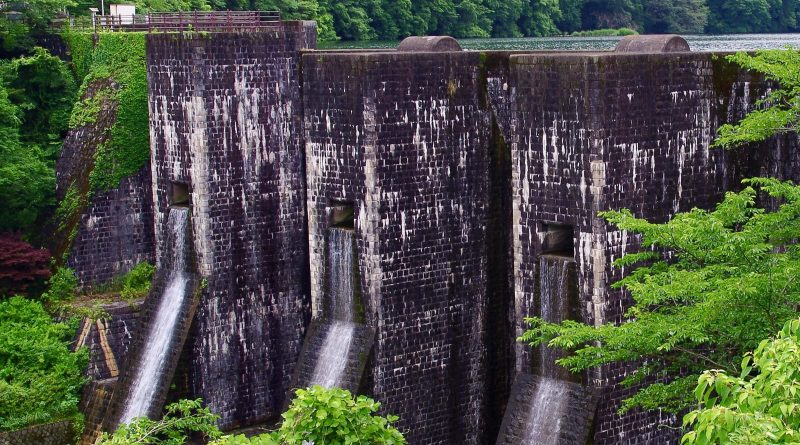Introduction of Dams
India is the land of rivers that have greater potential for the construction of massive dams.
Water is the most important element on the earth, veering between drought and floods, life and death. There’s no other place on the earth with a similar wide pause between wet and dry. Mastery of these holy rivers has been vital to India’s subsistence. It’s a cause that has been waged for glories — with mixed results.
Dams are human-made structure that is firstly used to hold water. These are constructed for many purposes including reservoir creation, flood prevention, irrigation, and hydroelectric power.


Ancient Time Dams – Introduction
Very numerous ancient dams in India have been studied on the ground; the subject has been dominated by a textual and epigraphic frame of analysis. There are some exceptions including the Chola reservoirs in south India (Venkayya, 1906) and the well-known Junagarh Dam in western India (Mehta, 1968). During an archaeological check of the Sanchi area in central India, several ancient dams were located and studied.
Check out our aviation-related Articles such as Air Crash investigation, Case studies, Research articles to understand the complexity and the beauty of the aviation field.
Physical Setting
The Sanchi area is positioned within the Betwa basin in central India, which was the subject of an exhaustive hydrological and then the hydrogeological study by Indian and British researchers somewhere in the range of 1976 and 1980. Underlying the whole Betwa basin are Pre-Cambrian gemstones of Bundelkhand granite, but these are exposed well to the north of Sanchi. Vindhyan Sandstones of Cambrian age overlie the stone and then the outcrop toward the southwest of Sanchi, where they form flat- eclipsed or gently dipping hills with deeply incised cliffs. Major of the basin is engaged by Deccan Trap basalt, whose streams spread over the land surface to a depth of 300 m; except in the hill areas, the Deccan Trap is covered by a plain of yellow clay and black cotton soil made out from basalt weathering.
Medieval time Dams


Background of Medieval Dams
During the dark periods, dam construction came to a near halt, renewing around the 15th century AD. During this time, no major contributions to dam engineering were made, and the majority of the dams constructed in Europe, where downfall is generous and regular, were modest structures.
Structure of Medieval Dams
The dam was made of rubble masonry walls on the outsides and filled with tons of clay and gravestone. A limestone cover was applied to oppose corrosion and surge action. The structure did not need cement because the sheer weight of the structure was sufficient to assure stability.
The sub-continent is littered with corroboration of the efforts. In central India, the 11th century Veeranam Dam formerly stretched for a full 10 country miles. Two sculpted- rock dome dams from the same period created a 250 square mile lake in the central Indian state of Madhya Pradesh.
Check out our Sports News & Facts, Here you’ll find the sports-related blogs. Day by day when you age you’ll realize how much sports has given to you and how it helps you become a better person.
